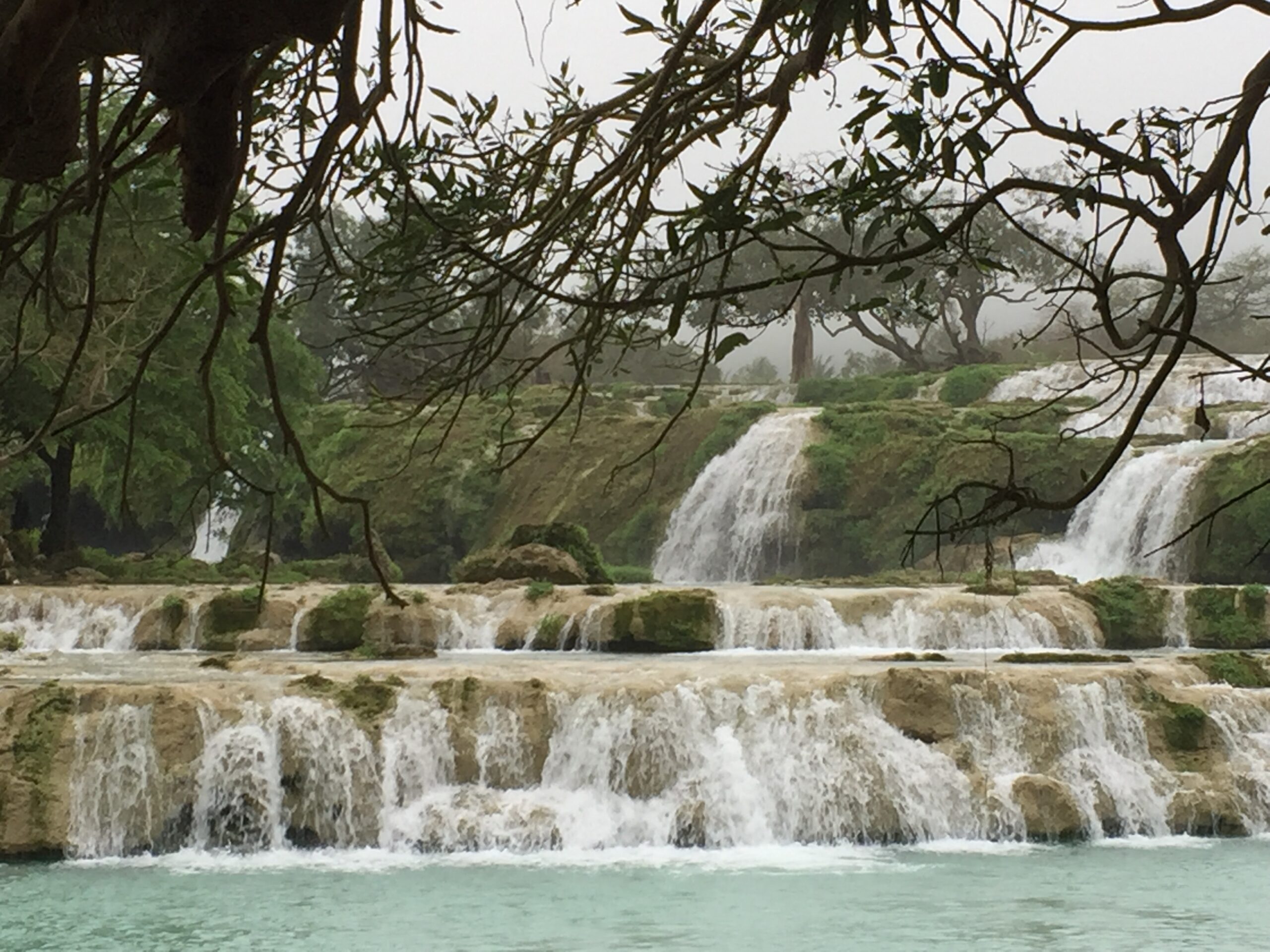Now that Khareef is here, there is magic everywhere; the gentle embrace of the mist-like ‘mizzle’ transforms the land into a sparkling jewel
One word that probably sums up just about everything that Salalah stands for is ‘magic’. This is the place where rains falls like a whispering mist and the mountains turn into luxurious and verdant emerald green. And that’s when the most magnificent panorama of Nature begins to unfold to reveal its secrets. The ‘mizzle’ – Yes you’ve heard it right the first time – it is exactly that, a combination of mist and a gentle drizzle, so you get ‘mi’ from mist and ‘zzle’ from drizzle, to get the word ‘mizzle’ (mi+zzle). The British have always been rather indulgent and generous in nurturing their language. Indeed they never spare the slightest of opportunities to add to its richness in meaning and texture.
This mizzle falls almost continuously during the Khareef season and has a magical quality not to be found anywhere else in the world. It seems more like a delicate, invisible mantle that drapes itself around you and which soothes and caresses you, leaving you feeling cool and refreshed – and a trifle damp, too. But Salalah is also inextricably linked with ‘khareef, the colourful panorama of the Khareef Festival, the fragrance of Frankincense that has since centuries attracted traders and rulers alike, including the Queen of Sheba, who had come here to buy Franincence of which she made a gift to King Solomon and the legends that have sprung up about the lost city of Ubar, also known as the Atlantis of the Sands.
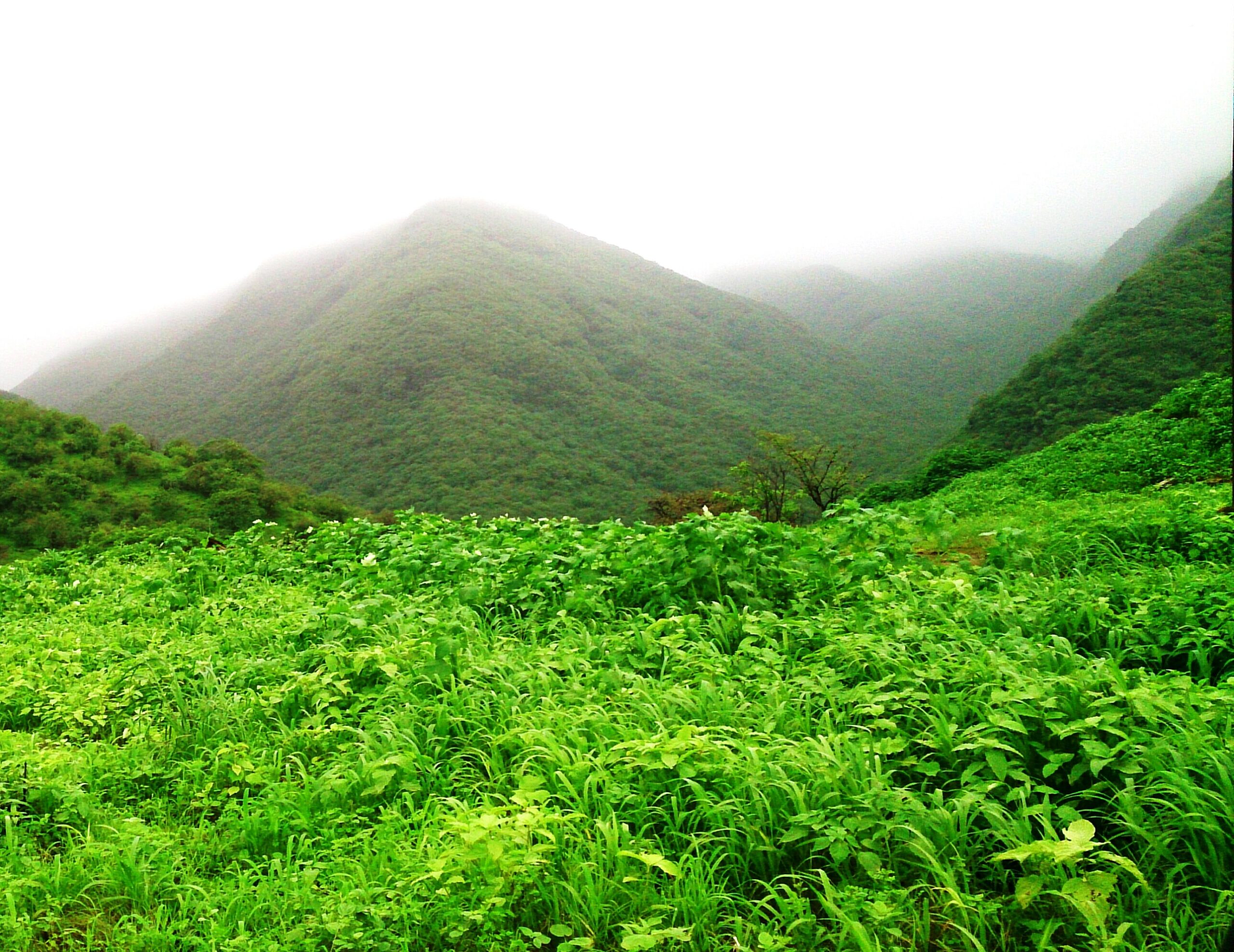
Khareef, which is the Arabic term for autumn, is a colloquial Arabic term used in southern Oman, south-eastern Yemen and Sudan to describe the south-east monsoon that affects Dhofar and Al Mahrah Governorates between June and early September. An annual khareef festival is held in Salalah to celebrate the monsoon and attract tourists. This year, the restrictions imposed on movement and interaction of people on account of the Pandemic, have made it imperative not to stage the khareef festival this year.
The Khareef Festival held in Salalah each year is best described as a cultural extravaganza. What makes the event very special is that while the rest of the region is reeling under sweltering temperatures, Salalah experiences cooling showers from the southwest monsoon winds that leave the landscape verdant and mist-soaked.
Life explodes in a panorama of activities, myriad colours, pageantry and joyful exuberance during the festival. And when it is over the countdown for the next year’s festival virtually starts even before the hub-bub and celebration has died down. The event is not just a forum to showcase Oman’s rich culture and heritage, it has also turned into a symbol of Oman’s pride, a celebration that encapsulates the true spirit and soul of Oman.
The mist, the gushing springs and emerald green mountains could lead one to imagine that they are in some locale in East Asia or even Scotland. But your flights of imagination only last so long as you don’t spot a camel herd grazing in the distance. It is only then you realise that a few hundred kilometres away lies the harsh, untamed and forbidding desert known as the Empty Quarter. Or Rub Al Khali, as it is known in Arabic.
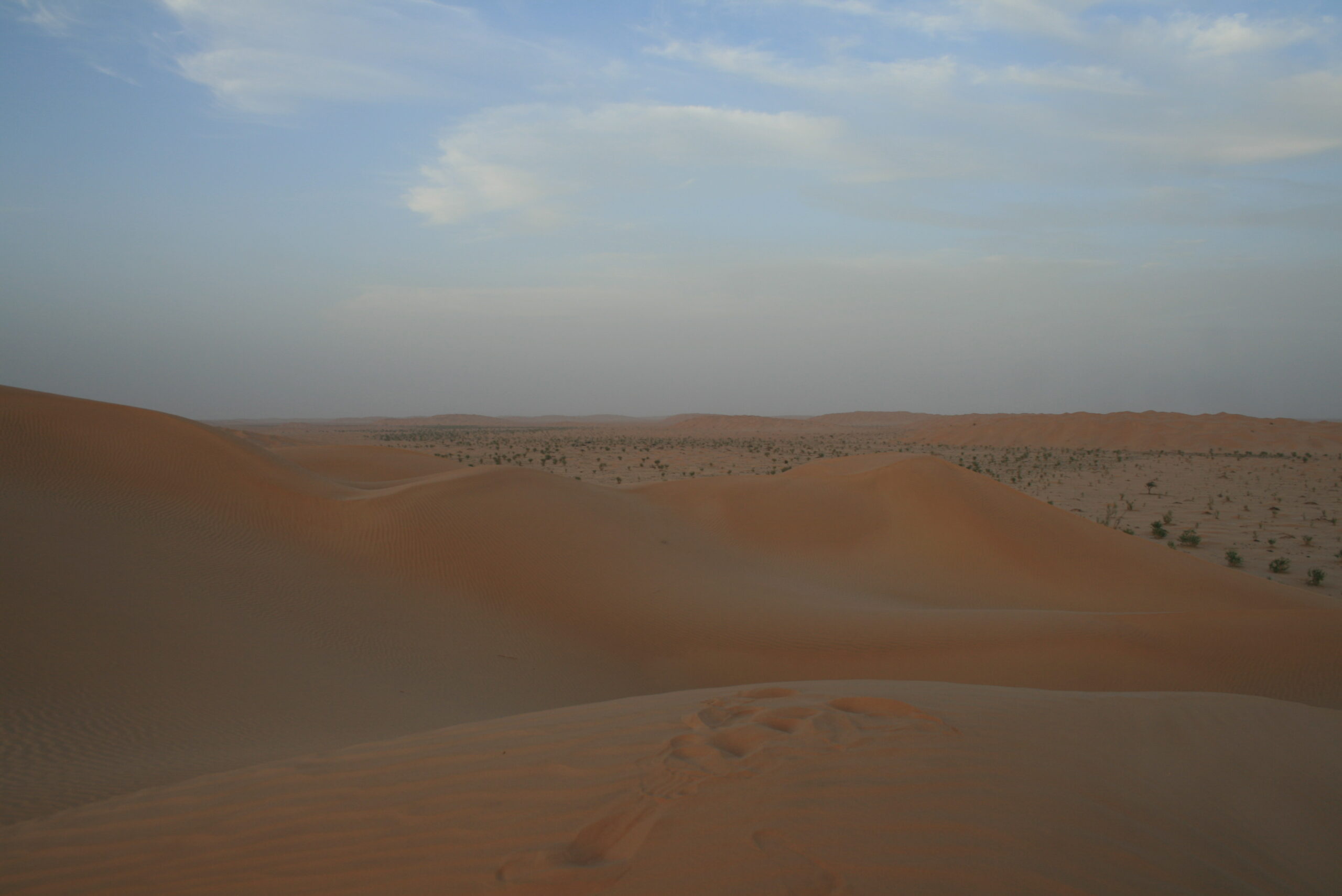
The Governorate of Dhofar hosts all kinds of activities in its various towns throughout the year, from camel racing in Thumrait to a family fair in Taqah. However by far the largest event is the Salalah Tourism Festival which takes places during the Khareef and usually peaks during August. Cultural and folklore shows take place in several locations in Salalah featuring Omani and foreign artists, allowing even those casually interested to enjoy special performances from around the world. Shopping events draw traders from a large number of countries offering products or merchandise not usually available.
CAMEL RACE
From July till September the annual summer monsoon touches the Salalah mountain slopes and the coastal area with its delicate drizzling fog. During these months, nature awakens and the verdant green hill slopes are also dotted with a profusion of flowers. The whole of Salalah turns green during this time giving a rare feeling to the tourists, especially those who visit from the countries where the rains are a rare phenomenon. Khareef attracts tourists from Oman, the Arab countries and from around the world.
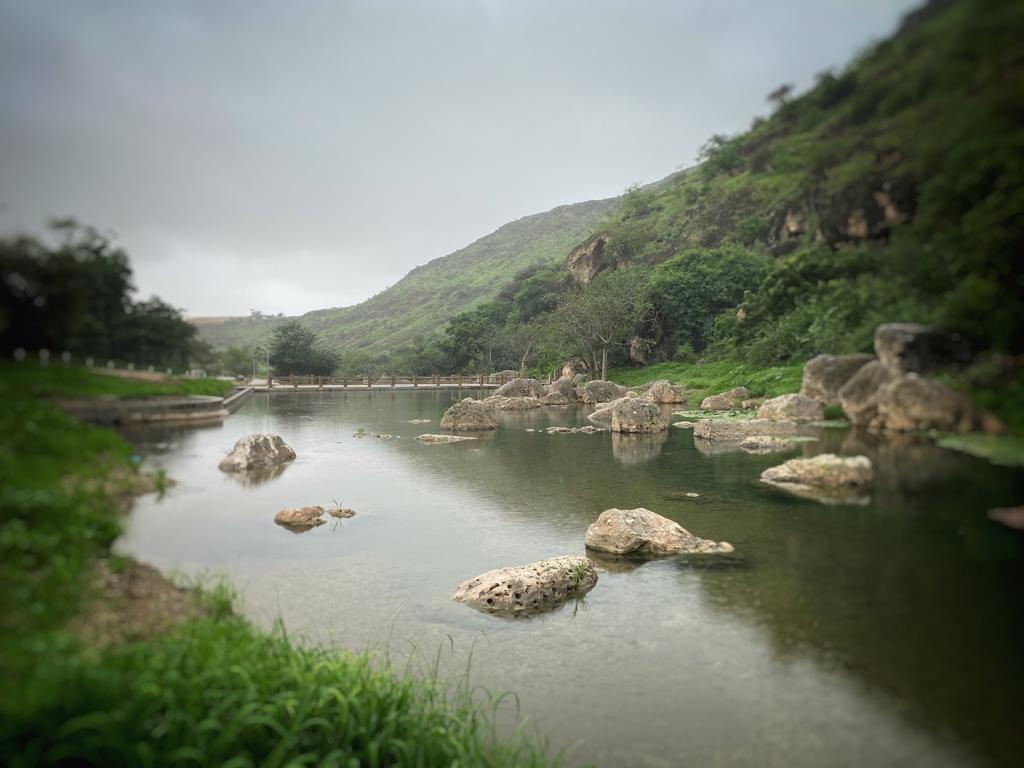
Khamis Al Jabbar says: “I frequently visit Salalah with my family during khareef. I think it is a nice place worth visiting thanks to its nice weather during this period. Our visit to Salalah may take one to two weeks. We always visit Wadi Darbat which has a nice natural view. It is considered as a natural park and Mughsail, which is one of the most beautiful beaches in Oman. In addition, we also visit many religious places like the grave of Prophet Ayoub, which is located in the northwest part of Salalah, on the summit of Jabal Atin, and may be reached by taking the road to Ayn Jarziz and Prophet Umran’s tomb.”
It is fashionable to find people forming large, eager camping groups on the luxuriantly green fields that become part of the city’s beautiful landscape. Some take to the outdoors to enjoy to the fullest the beautiful weather conditions, with temperatures hovering between 20 and 30 degrees Celsius.
Camping activities extend to the near-pristine beaches of Taqah, a location sprinkled with neat rows of tall palm trees, dancing lazily to the breeze from the Arabian Sea.
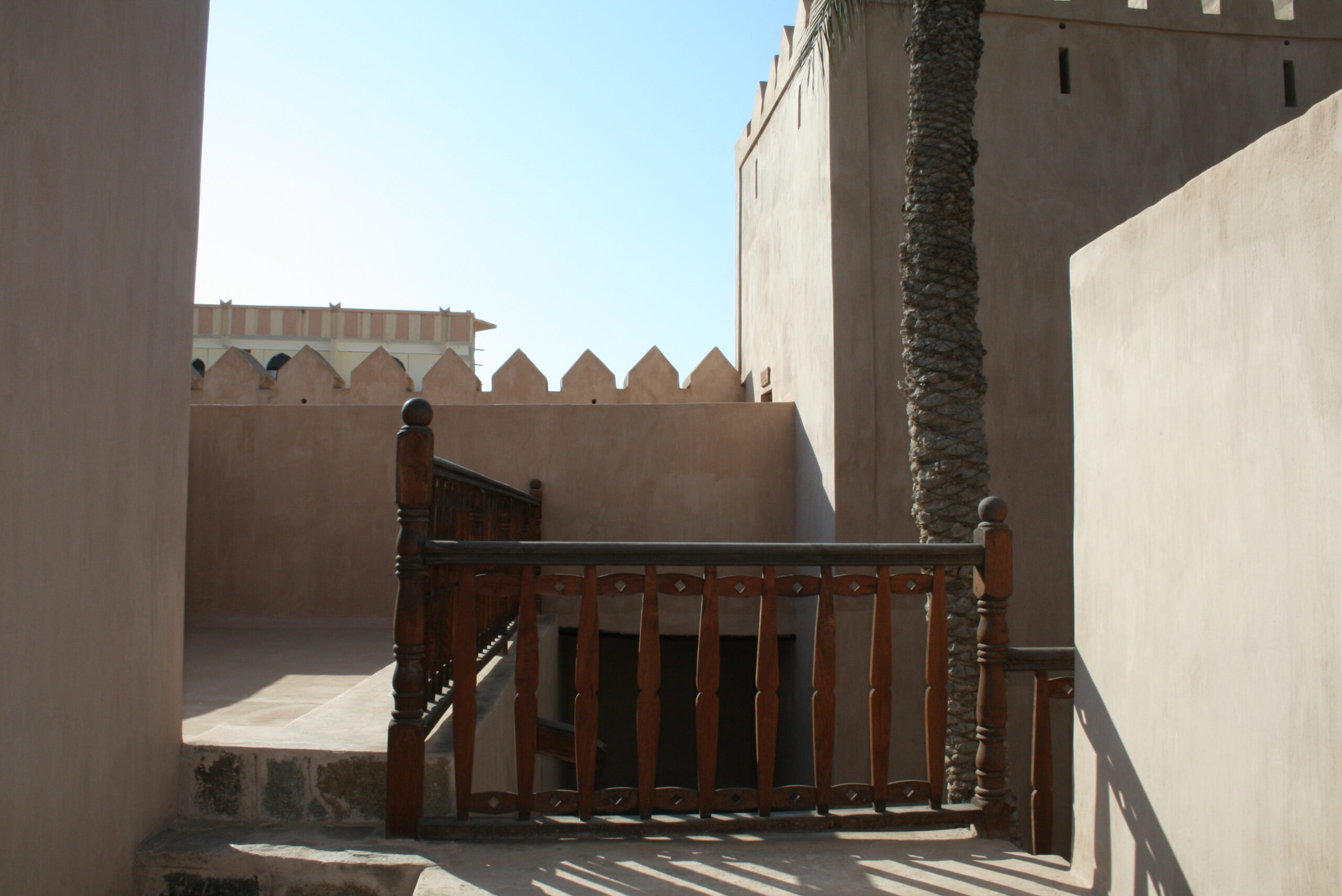
The Samharam Tourist Village, close to the centre of the city is another cynosure for visitors interested in shopping activities.
Dining al fresco, eating barbecued meat roasted over gravel-covered stoves and drinking tender coconut juice with a straw are some of the side activities that make for a wonderful, invigorating pastime.
Beyond the khareef, Salalah offers a host of other activities for anyone who may choose to visit this southern spot, a pleasantly bustling location that may be described as a healthy mix of small and large-scale industries, sandy beaches, banana plantations, coconut groves and a welcoming people bordered by a sea gently lapping the shores.
One such point of interest is the Sahal Ittin, a mountainous plain that carries the traveller along a winding upward route, presenting a beautiful aerial vista. A popular attraction here is the mausoleum of Prophet Ayub (Job). The tomb of Amran, located in the main town is another remarkable sight worth a visit. It is a heart-warming experience to see dedicated worshippers praying beside the striking 33-metre-long tomb.
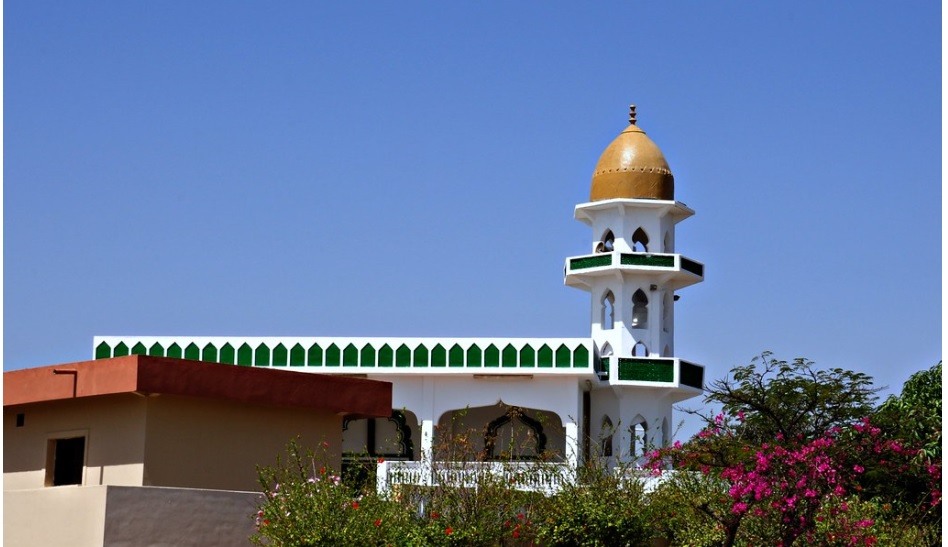
In ancient times as of now, the lucrative commercial trade in frankincense was central to Dhofar’s prominence. Dhofar was a major trading hub and tradition holds that significant numbers of mercantile sea-going vessels and merchant caravans converged to execute profitable business in the area. Even as frankincense continues to be one of its main products today, artefacts from the governorate’s exuberant trading past exist and are a treasured part of its history.
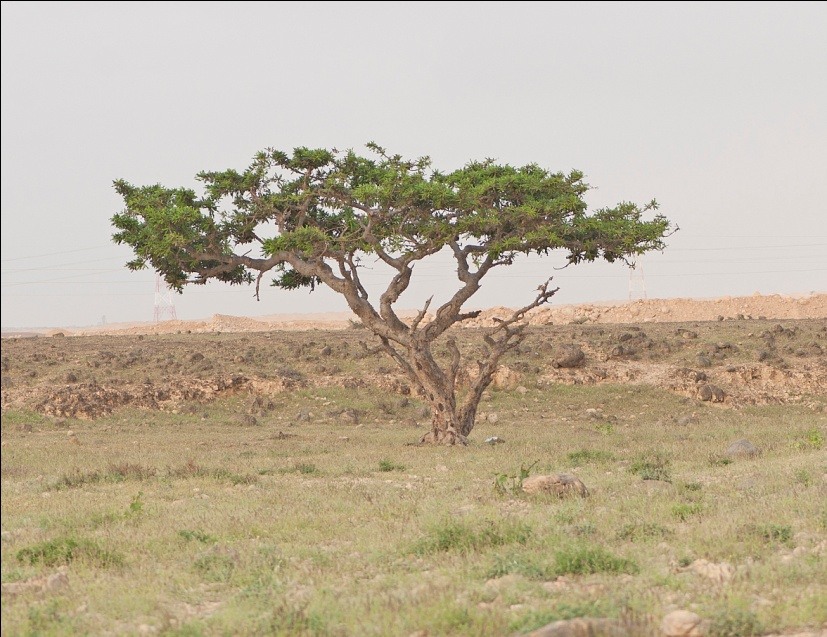
Visitors to Salalah, can see some of the more remarkable aspects of Dhofar’s ancient glory, captured at the Al Baleed Archaeological Park, a world heritage site, which has the instructive Museum of the Frankincense Land situated on its grounds. The museum is divided into two main halls. The History Hall highlights some of the epoch-making moments of Omani history, including a display of the full transcript of His Majesty Sultan Qaboos Bin Said’s simple, direct, yet prescient message to the people upon ascending the throne in 1970, urging Omanis to work together and use a glorious past to build a nation that will take its “respectable place in the world”.
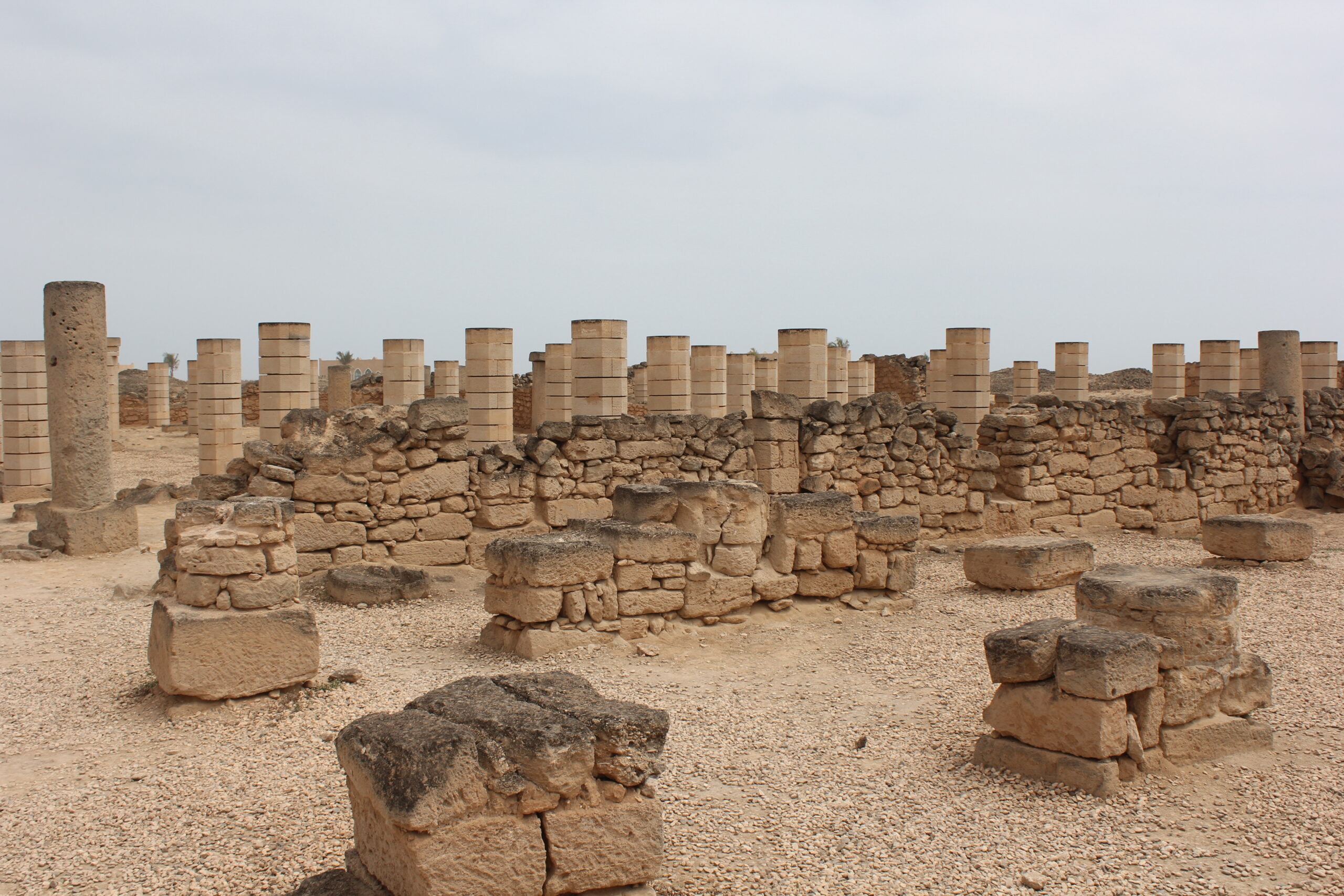
The other hall is the Maritime Hall that showcases early navigation and boat-building tools and equipment, as well as miniature versions of some of the sailing boats used in earlier times.
Salalah is accessible by air and road. Flights take off daily from Muscat and a much larger number of buses ply the more than one-thousand-kilometre long road that leads to the location from the capital every day. Like some of the other locations in the Sultanate, Salalah has fascinations for anyone interested in discovering Oman and its attractions go beyond the Khareef Festival
There are many who agree, like IT Engineer Himanshu Joshi for instance that “even outside of the khareef season, it has many places of interest that are energising who often travels to Salalah and other parts of Dhofar on business trips.
Says Fatma Bint Amry: “We visit Salalah during the Holy Month of Ramadan. Our visit is for one month. Its salubrious climate makes it more attractive than other areas in Oman. As the schools are closed, children can very well enjoy the vacation in such a nice place. The place also offers opportunities for Eid shopping as well.”
Fahad Al Amri, who works in Salalah, says: “This year I think khareef is more beautiful than the previous year. This year it started earlier than before. Because of my job condition, I stay for quite a long time in Salalah during khareef. I enjoy the weather. It is the khareef that attracts visitors to this place. And it will be crowded this year, too.”
Running and organizing a celebration of such scale and magnificence require tremendous amount of hard work and work and planning. Due credit must be given to the government, bodies, concerned ministries and officials who work all through the year to sustain the magic of Salalah with a bigger and a more dazzling canvas year after year.
A LAND OF HERITAGE AND LEGENDS
The vestiges of past ages multiply in a striking way when you get to Salalah city. There are three archaeological sites in Al Mughsail and traces of an ancient wall, as well as pre-Islamic tombs in Razzat and the remains of Old Rabat city. At Ain Hamran are the ruins of an ancient fort and more pre-Islamic tombs; at Hasila, where the Prophet Saleh’s camel was slaughtered, a wall, irrigation channels and a well at the entrance to Wadi Nahiz. There are also three mosques, one of which, at Dahariz, is dedicated to Abdelaziz bin Ahmed. Another, the Aqil Mosque, is at East Salalah and the third is the Mosque of Abdullah Al Yamani in Awqad.
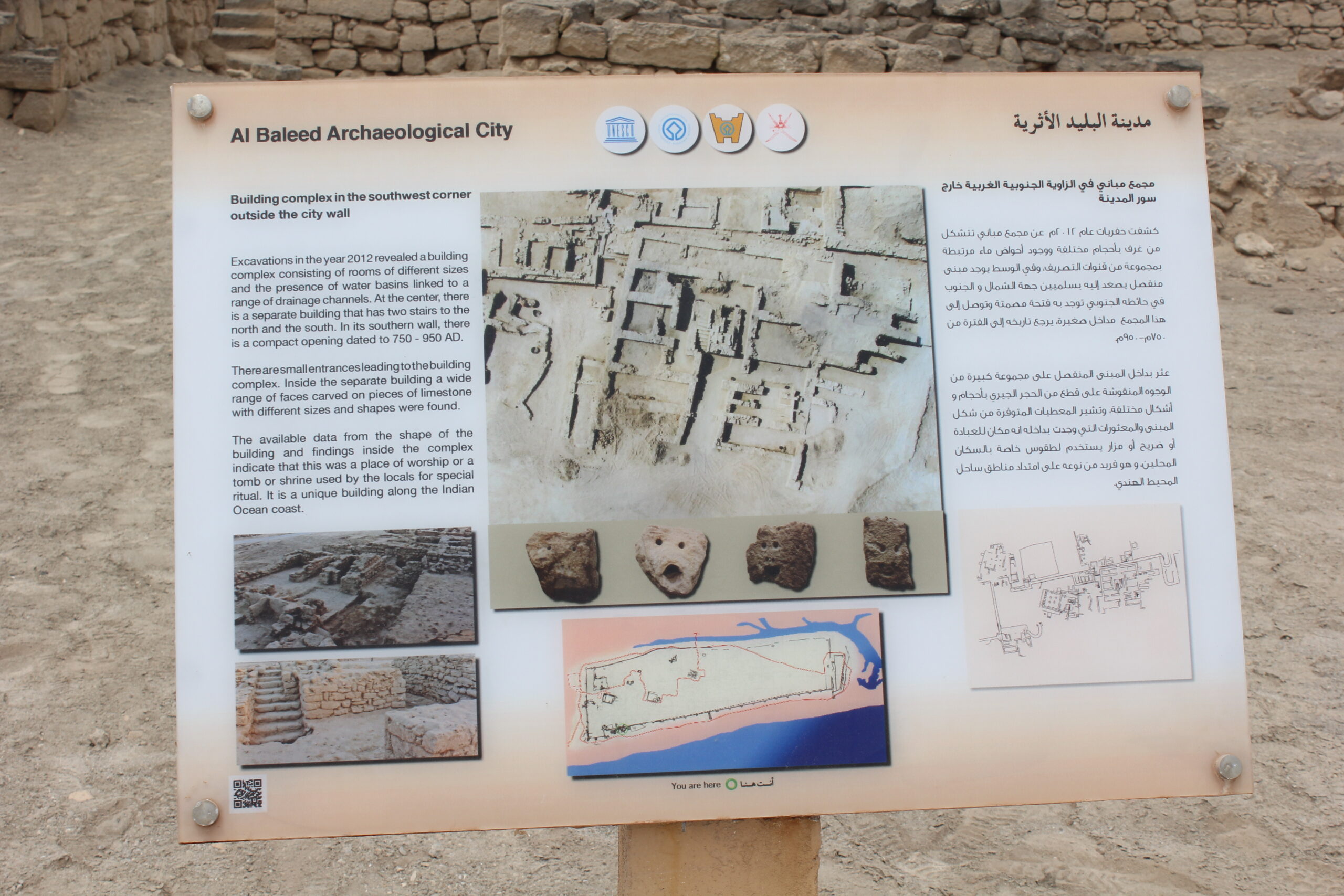
To the east of Al Husn Palace and the souq, the UNESCO World Heritage Site of Al Baleed is located. This site is a combination of open-air archaeological site and The Museum of the Frankincense Lands.
Ancient travellers such as Ibn Battuta and Marco Polo knew the trading town and its port as Dhofar / Zafar, the name now used for the entire southern region of Oman. The impressive southern sea walls of Al Baleed (previous page) form part of the fortifications of the town. Protected by the walls where the citadel and grand mosque. Both of these impressive buildings were originally approached by a bridge over the surrounding
Excavations have revealed a walled rectangular shaped town. Five stone inscriptions were discovered written in Arabic southern alphabet describing the establishment of the town, from which it is evident that the town was built to ascertain the domination of frankincense trade.
Lost City of Ubar (Shisr)
Shisr, believed to be the site of lost city of Ubar is to the northest of Thumrayt. Trade in frankincense and Arabian horses flourished in Shisr and archeologists believe the Queen of Sheba travelled to the region to obtain supplies of frankincense.
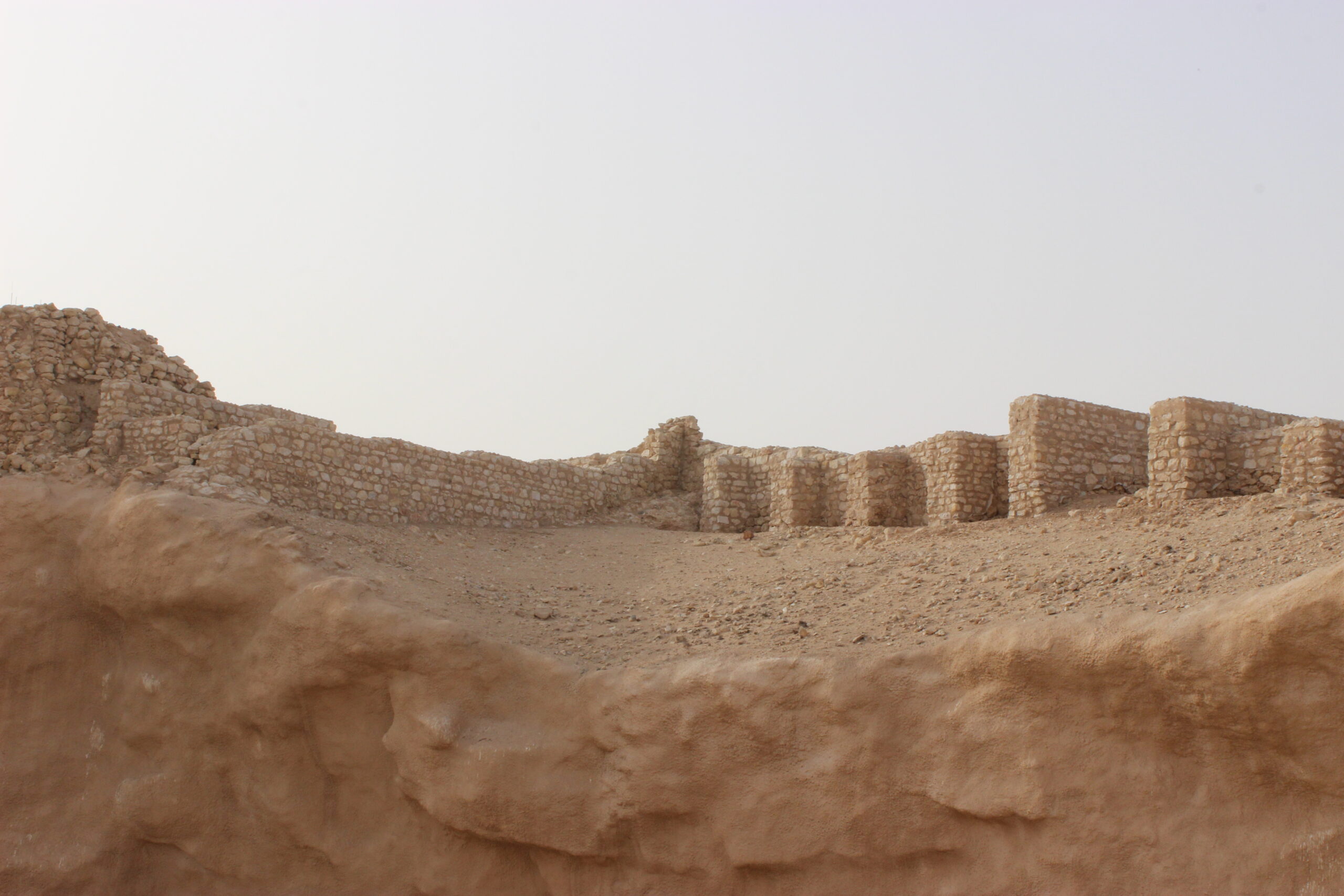
Ubar, the so-called “Atlantis of the Sands”, has been the source of debate among historians, archaeologists and explorers, and a degree of controversy that continues to this day.
In February 1992, the New York Times announced a major archaeological discovery in the following terms: “Guided by ancient maps and sharp-eyed surveys from space, archaeologists and explorers have discovered a lost city deep in the sands of Arabia, and they are virtually sure it is Ubar, the fabled entrepôt of the rich frankincense trade thousands of years ago.” When news of this discovery spread quickly around the newspapers of the world, there seemed few people willing or able to challenge the dramatic findings, apart from the Saudi Arabian press.
The discovery was the result of the work of a team of archaeologists led by Nicholas Clapp, which had visited and excavated the site of a Bedouin well at Shisr in Dhofar province, Oman. The conclusion they reached, based on on-site excavations and an inspection of satellite photographs, was that this was the site of Ubar, or Iram of the Pillars, a name found in the Quran which may be a lost city, a tribe or an area. Sir Ranulph Fiennes, another member of the expedition, declared that this was the Omanum Emporium of Ptolemy’s famous map of Arabia Felix.




